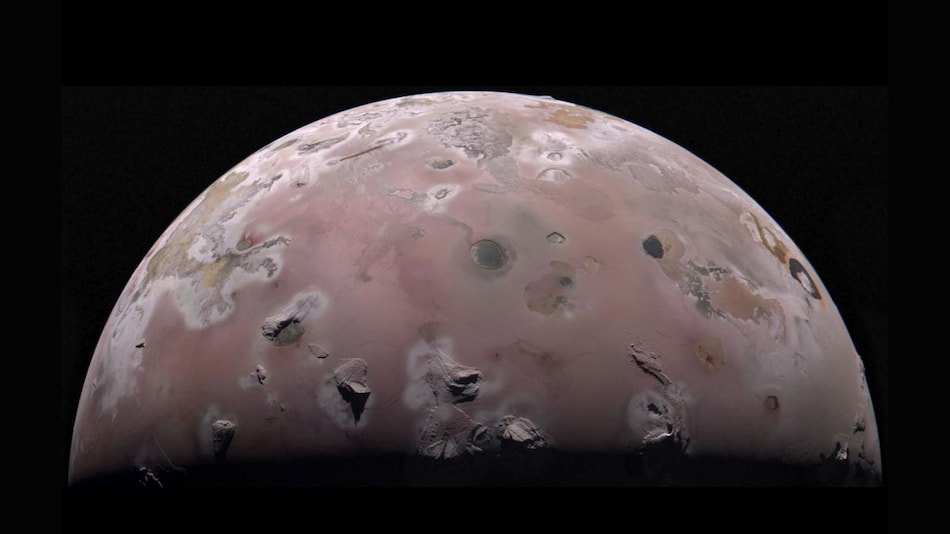
NASA’s Juno spacecraft, while orbiting Jupiter, faced a critical challenge as its JunoCam imager malfunctioned due to prolonged exposure to the planet’s radiation belts. Originally designed for only a few orbits, JunoCam remarkably endured 34 orbits before radiation damage became evident. Following the 56th orbit, the image quality deteriorated significantly, risking its functionality ahead of a crucial flyby of Jupiter’s moon, Io. In a bold move, engineers undertook an innovative annealing process to revive the imager, which ultimately proved successful.
Long-Distance Repair Effort
JunoCam’s camera, positioned outside the spacecraft’s shielded area, was susceptible to damage. After multiple orbits, issues attributed to a faulty voltage regulator arose. Despite the vast distance of the spacecraft, the team resorted to a final solution: annealing. This method, involving the application of heat to rectify microscopic defects, although not well understood, yielded positive results in this scenario. By warming the camera to 77°F, scientists aimed to realign its silicon components.
Restoration and Future Implications
Initial attempts seemed futile; however, shortly before the Io flyby in December 2023, the camera unexpectedly recovered, restoring image quality just in time to capture unique volcanic landscapes. Although the camera exhibited signs of degradation during the 74th orbit, the successful annealing process has provided valuable insights. Similar strategies have been employed on other Juno instruments to enhance their resilience in extreme conditions. These developments have implications beyond Juno’s mission, influencing the design of radiation-tolerant systems for diverse applications in defense and commercial satellites, according to Scott Bolton, Juno’s principal investigator. The lessons learned are set to benefit future space missions, especially those navigating high-radiation environments around Earth and outer planets.






